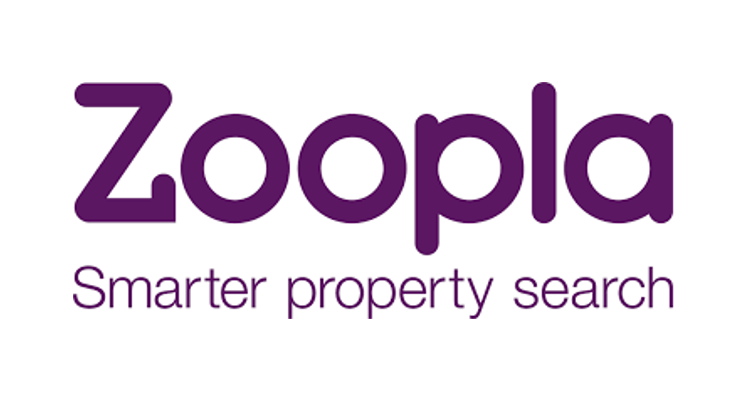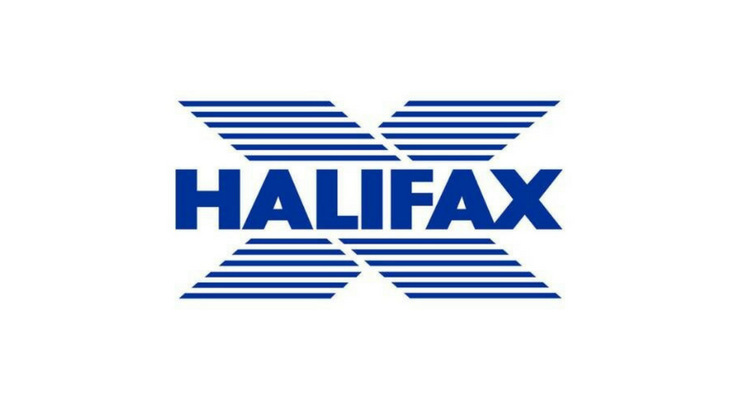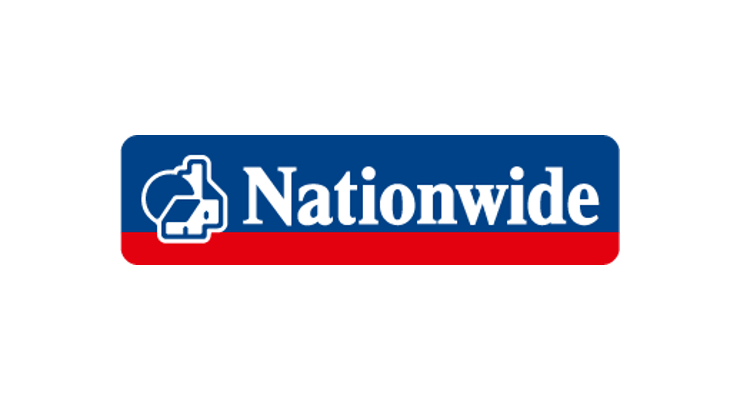Changes to mortgage affordability to support sales as house price growth cools
-
House price growth has slowed to 1.6 per cent annually, down from 1.9 per cent at the end of 2024, as buyer interest cools and the number of homes for sale continues to expand
-
Buyer demand is one per cent higher than a year ago, while the number of homes for sale is 12 per cent higher over the same period
-
Estate agents have 34 sales listings per branch, on average, more than double 2022’s pandemic low
-
House prices have risen by up to three per cent in more affordable regions like the North West and Wales, driven by stronger demand and greater affordability
-
Sales agreed are six per cent higher than a year ago, as many new sellers are also buyers
-
Emerging changes to how lenders assess affordability for new mortgages could boost buying power by 15 per cent or more, supporting sales volumes rather than boosting house prices
UNDER EMBARGO UNTIL 00.01 TUESDAY 29TH APRIL, 2025, London: House price growth is losing momentum as buyer demand cools and the number of homes for sale reaches new heights. Despite this, the number of sales agreed has continued to increase, reveals property website Zoopla in its latest House Price Index.
Table 1: Buyer demand slows as supply expands
Average house prices have increased by 1.6 per cent over the last 12 months to March 2025, down from 1.9 per cent at the end of 2024. House price growth remains higher than the 0.2 per cent recorded a year ago. The average price of a home is £268,000, an increase of £4,270 over the last year.
The end of stamp duty reliefs and a seasonal slowdown over Easter have quietened the home buying market, with buyer demand one per cent higher than a year ago, compared to 10 per cent higher earlier this year. Additionally, uncertainty over the impact of US tariffs on economic growth will have increased caution amongst home buyers.
There are currently 12 per cent more homes for sale and six per cent more sales agreed than a year ago1. The average estate agent branch has 34 homes for sale, compared to 31 this time last year and a low of 15 in 2022 during the pandemic boom. Many of these sellers are also buyers, accounting for the increase in sales agreed.
Table 2: Average estate agent has 34 homes for sale
House price growth is expected to slow further over the coming months, while sales agreed will continue to increase as lower interest rates support market activity in 2025.
Changes in mortgage affordability tests to support sales
While there is increased uncertainty over the outlook, expectations of lower interest rates over 2025 look set to keep mortgage rates at current levels or lower. In addition, some lenders have started to adjust how they assess the ability of buyers to afford higher mortgage rates, which will boost the amount they can afford to borrow, supporting demand and market activity over the rest of the year.
Whilst the average 5-year fixed rate mortgage currently sits at around 4.5 per cent, many lenders ‘stress test’ affordability between eight to nine per cent. This makes it harder to secure a mortgage without a large deposit.
Currently, the average first-time buyer with mortgage repayments of £1,020pcm at a 4.5 per cent mortgage rate would typically have to prove they could afford monthly repayments of £1,550pcm at an 8.5 per cent stress rate. This would fall to £1,275pcm if lenders moved to 6.5 per cent stress rates, which is where they were pre-2022. A similar impact will benefit existing homeowners moving with a mortgage. This will ultimately increase what buyers can afford to borrow by 15 per cent or more2, supporting demand and sales volumes, helping to clear the larger stock of homes for sale.
House prices have grown faster in the North of the UK
Whilst house price growth is slowing across all regions and countries of the UK in line with national trends, some areas are bucking the slowdown. Prices are increasing at a faster rate, between 2.2 and three per cent, across the West Midlands, the Northern regions, Wales and Scotland, as demand remains strong. House prices have also grown by six per cent in Northern Ireland.
Table 3: House price inflation reflects a north-south divide
These regions are seeing a noticeable pick-up in activity, with sales agreed jumping by 14 per cent in Wales, and 10 per cent in both the North West and North East. With more affordable house prices, buying a home in these areas is easier for more households, helping to drive momentum.
In contrast, growth is much slower in southern parts of England, where house prices are highest relative to incomes, hovering below one per cent. These areas are still feeling the after-effects of the recent stamp duty holiday and stretched affordability continues to hold back demand.
Richard Donnell, Executive Director at Zoopla, provides an outlook on the market: “The housing market continues to see sellers listing their home for sale which is supporting continued growth in the number of sales. This reflects a group of determined movers who remain active despite a backdrop of economic uncertainty and shifting sentiment.
“While house price growth is expected to slow further, towards 1 to 1.5 per cent, we’re still on course for a 5 per cent uplift in sales volumes in 2025, assuming sellers remain pragmatic on pricing. Regions where affordability is better aligned to local incomes, particularly across the North and Midlands, are set to lead this recovery.
“One of the biggest supporters of continued market activity lies with mortgage lenders. Revisions to how lenders are assessing mortgage affordability will unlock additional buying power and support sales volumes to help tackle the healthy stock of homes for sale.”
Martin Fishwick, Senior Partner at Jordan Fishwick, one of the largest agents in the North West comments: “After an extraordinary March where many buyers and solicitors on their behalf were anxiously keen to secure their purchase prior to the Stamp Duty increases, the market has inevitably calmed somewhat in the North West. However, there is still momentum from buyers given the significant rise in rents currently available and the more attractive mortgage rates on offer.
“Typically, we experience a more consistent market than the serious peaks and troughs seen in the South East and in London. Thus, we can be reasonably optimistic notwithstanding the obvious unpredictable financial climate overall that house prices may still increase, but to a modest level in 2025/26.”









